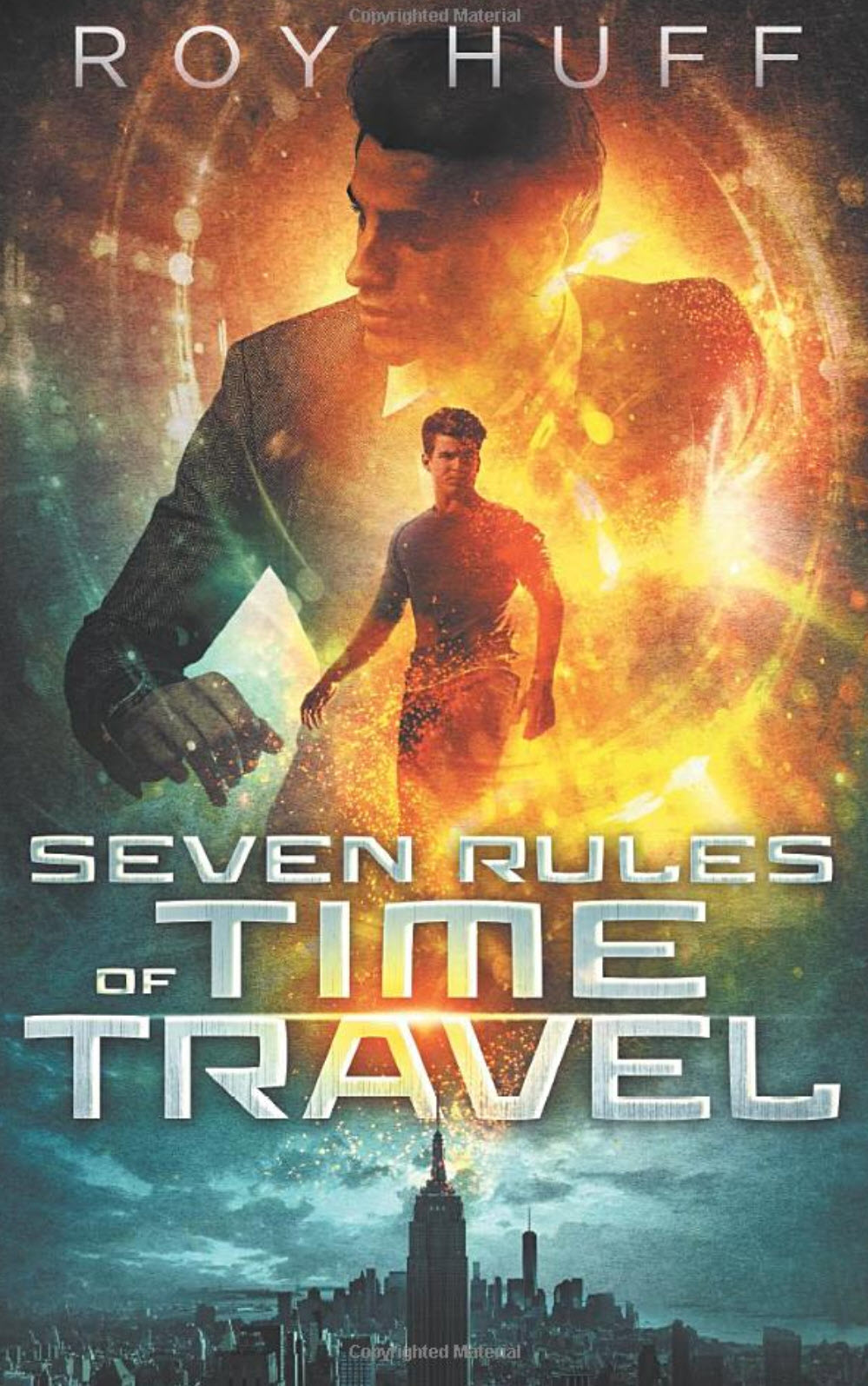Ray Burton, a journalist from Florida, travels to Flagstaff, Arizona to support a good friend who is dying of cancer. After his friend dies, he drives to the outskirts of the city to visit Hollow Rock, a ghost town. By accident he stumbles into a hidden cave where he finds a trunk left by a man named Stan Hooper in 1870. Along with some old belongings, there is a note, and a camera with several memory cards. Clearly, that can’t be. So Ray picks up the trunk and drives it home to Florida. When he starts researching the name Stan Hooper online, he soon gets a visit from a couple of goons with the NSA.
This is a very poorly written book, and I am not worried about giving away some of the plot – it’s so inane anyway. There are time portals sprinkled around the world that are one-way. In other words, you can go from the cave in Flagstaff to the bustling western mining town of Hollow Rock just by walking through a passage in the cave. But you can never go back. The only way out is another portal to another time. You hope you can find your way back home, but none of the characters traveling in time ever do.
We never find out who built the portals and why, but a group of six people in the year 2105 figured it out and started traveling the portals – why? – that’s not clear. There seems to be no mission. They are not allowed to tell anyone about the portals, and they are willing to just kill one another for blabbing, but still, they all blab. That’s how Stan Hooper started traveling, and that’s how Ray got involved.
The book has no end. It just stops suddenly, and it’s an obvious setup for a sequel or a series. I won’t read the next books since there isn’t enough of a story to keep me interested.
The author does not seem to know how to tell a story. He doesn’t show the reader. He tells the reader. The book is mostly exposition, with some terrible dialog sprinkled in. The characters, including the protagonist, are all shallow and non-descript. Even their names are boring: Mitch, Herb, Max, Stan, Alan, Hal, Natalie, Jim.
He likes the characters to kiss: “…he said, smothering her in kisses…” or “…in his arms and kissed her deeply….” or “…her arms around me and kissed me hard on the lips….” All the kisses are “deep” and “hard.” Of course there is also sex, but the way it’s told is too weird:
Natalie and I were becoming closer with each day. She was as genuine a person as I could have hoped for. Being around her made me understand why she had wanted to escape the movie world. But she also seemed to genuinely have feelings for me, even though I was almost twenty years older than her. Just as she had the first night, the second night back in the cabin she had slept with me on the floor. No sex, just companionship and the need to be close. There was something more, but we’d only known each other for a few days, so I guess I’d see where it led.
Oh, well, it led to more of the same.
One strange coincidence: This book plays a lot in and around Flagstaff, Arizona, and I actually was in Flagstaff last Saturday when I read the final chapter of Yestertime. After I closed the book in my Kindle, I went over to Google Maps and searched for Hollow Rock, just in case. I might have wanted to search for the cave.
I didn’t find any Hollow Rock.















